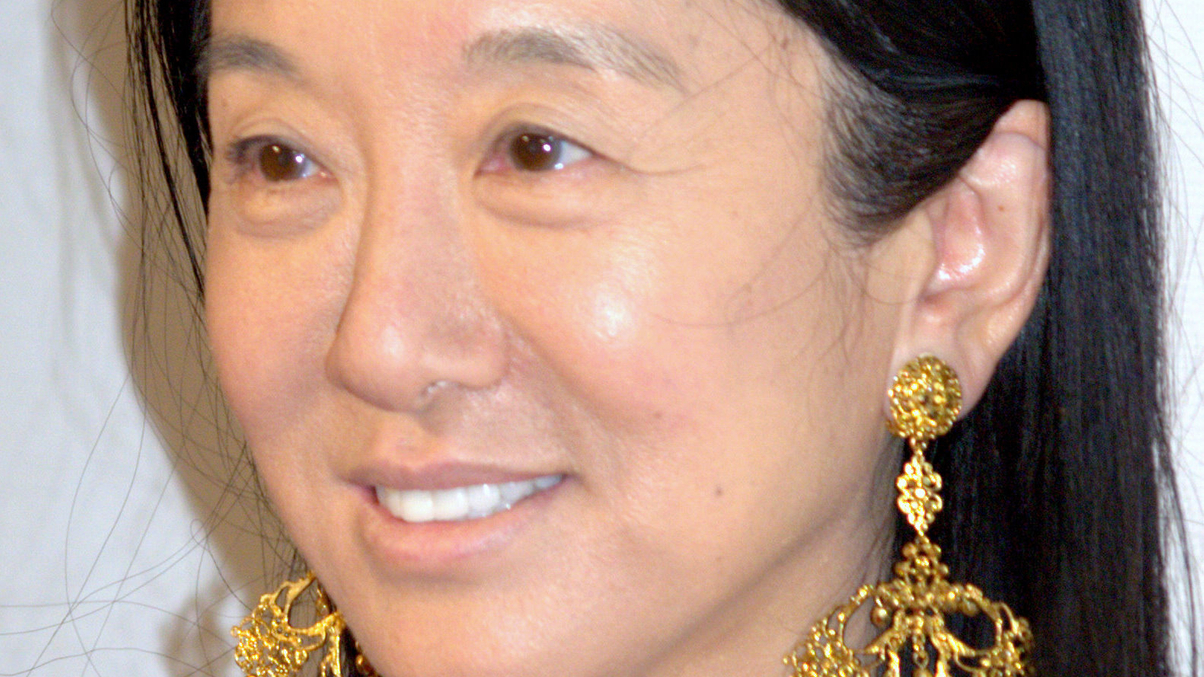Future female billionaires most likely to be Asian
However, more support is still needed for women entrepreneurs in the region. Such are the findings of two new studies.

On the one hand, Asian women are growing richer quicker than their peers elsewhere in the world, while on the other there are fewer female business owners in Asia than male ones, and more support is needed for female entrepreneurs.
Sign in to read on!
Registered users get 2 free articles in 30 days.
Subscribers have full unlimited access to AsianInvestor
Not signed up? New users get 2 free articles per month, plus a 7-day unlimited free trial.
¬ Haymarket Media Limited. All rights reserved.


